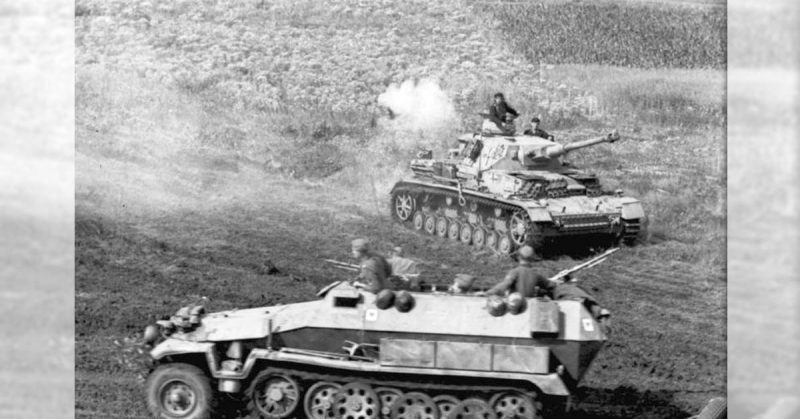War History Online presents this Guest Article from Evan Pinter
Hills and other kinds of elevated terrain have been recognized for their importance in battle ever since the dawn of war. This fact has held true in the age of modern warfare, where they are valued for purposes of both battlefield observation and providing commanding fields of fire. On the Eastern front of WWII there were countless such terrain features that were fought over bitterly. And a handful of these, due to their proximity to the critical point of battle, were elevated (no pun intended) to a position of strategic importance where their control would literally have a decisive impact on the entire battle. Here we will take a look at the top 5 of the most bitterly fought over hills of the war in the east.
5. Hill 252.2
The culmination of the battle of Kursk was at Prokhorovka, and the decisive point on that battlefield was at Hill 252.2. On this day the Soviets launched attack all along the positions of the II. SS Panzer Corps with the main thrust being an armored charge by fresh Soviet tank forces against the positions of the Leibstandarte. Directly in their path was Hill 252.2, which had been taken by the Germans the day before and which was occupied by the division’s halftrack battalion under the command of subsequently infamous Peiper.
The Soviets drove at full speed with mounted infantry, rolling right over the German positions and the tank company stationed there. Despite suffering losses they carried on to the base of the opposite slope of the hill, where they ran into a former Soviet anti-tank ditch that they were apparently unaware of. Some crashed right into the ditch, others halted and were shot up by the tanks of the division’s panzer regiment.
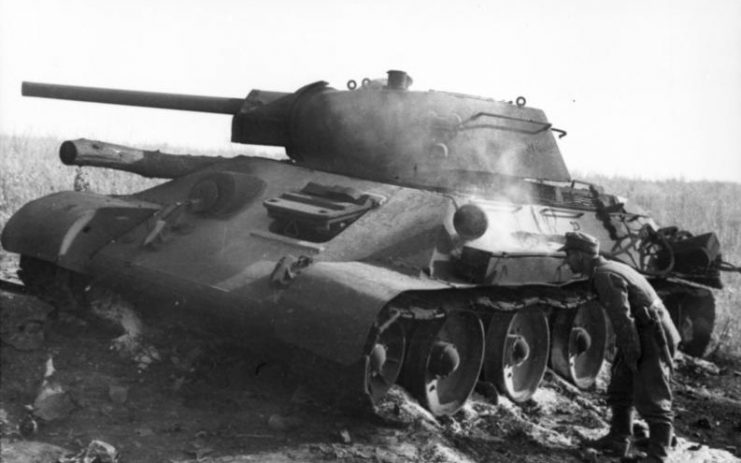
Peiper’s battalion meanwhile had not given up the fight, destroying additional tanks in close combat. In the end, the Soviet attack against the German positions was a complete failure, with Hill 252.2 being the Golgotha of their main force. Following the battle the German commander Paul Hausser counted 93 destroyed Soviet tanks on the slopes of Hill 252.2 alone, with minimal German armor losses.
4. Hill 239.0
In the late stages of the battle of the Korsun-Cherkassy pocket, the Germans were coming perilously close to relieving their trapped forces. After heavy fighting by both relief and encircled forces to reach each other, the only major obstacle between them became Hill 239.0. The spearhead of III. Panzer Corps tried to capture this hill, but by then their strength had been depleted and determined Soviet resistance prevented them from seizing these heights. The encircled German units, when they began their breakout effort shortly afterward, also tried to capture it but were in turn repelled by Soviet defenses on and around the hill.
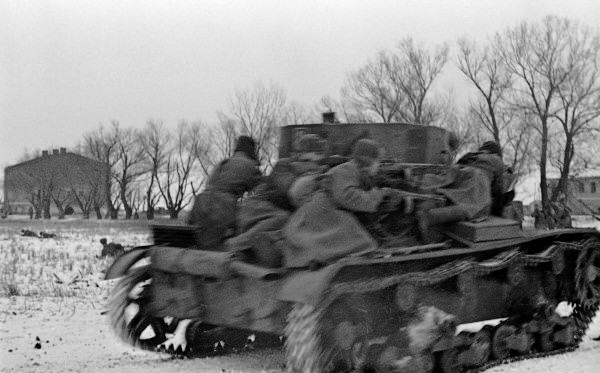
Bearing many similarities to the fighting at the Falaise Gap, some Germans were eventually able to make their escape by going around and crossing the Gniloi Tikich stream. However their failure to capture Hill 239.0 hill resulted in a significant proportion of the trapped forces being caught by the Soviets and slaughtered.
3. Hill 213.9
In the immediate aftermath of the battle of Kursk, the Soviets launched an attack against the German positions along the extreme southern portion of the eastern front along the Mius front. They were able to a breakthrough in its central sector, capturing two ravines as well as the ridge in between them. The highest point of this ridge was Hill 213.9, seized by the Soviets on the 18th of July. The Germans tried to retake it the next day with the 23rd Panzer division but were bloodily repulsed.
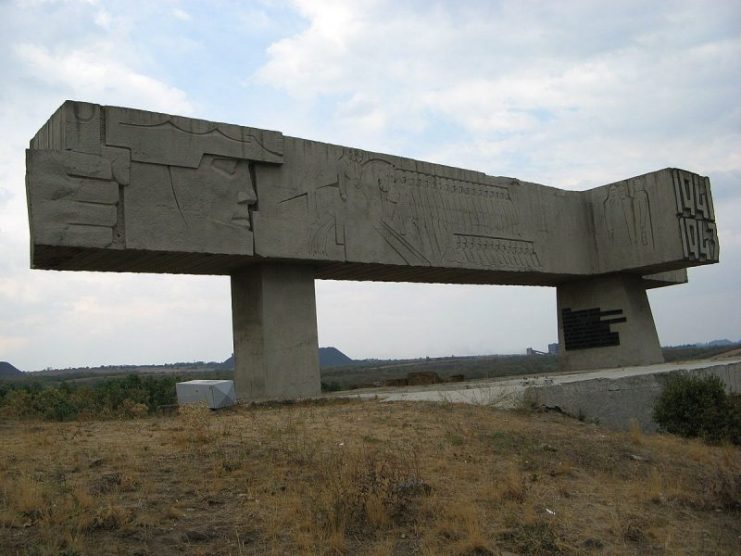
Later that month, on the 30th of July, the Germans launched an attack to retake the whole Mius position. Leading the assault against Hill 213.9 was the 3rd SS Panzergrenadier “Totenkopf”. By that point however the Soviets had turned the place into a fortress, with AT guns, dug-in tanks, and minefields. The first assault directly against the ridge that day collapsed, with Totenkopf suffering the loss of 48 tanks (though some were later repaired) as well as 500 casualties. A similar attack the next day also failed with heavy losses. Only on the third day, following a gradual weakening of the Soviet position, did the hill finally fall into SS hands. In total Totenkopf suffered a total of 1500 casualties and its tank strength had been reduced to 23 operational vehicles. Though the battle ended in German victory, the heavy losses suffered by the SS would prove less than helpful in the subsequent fighting around Kharkov.
2. Hill 102.0
Better known as the Mamayev Kurgan, this hill became particularly well-known as a place of slaughter. Being the highest point in the city of Stalingrad, its importance was realized by both sides as they struggled for control of the city. The fighting on the hill was particularly fierce, changing hands multiple times. In the end, neither side was able to wrest complete control of the hill, with fighting in that area continuing until the collapse of the German forces remaining in the city in January 1943.
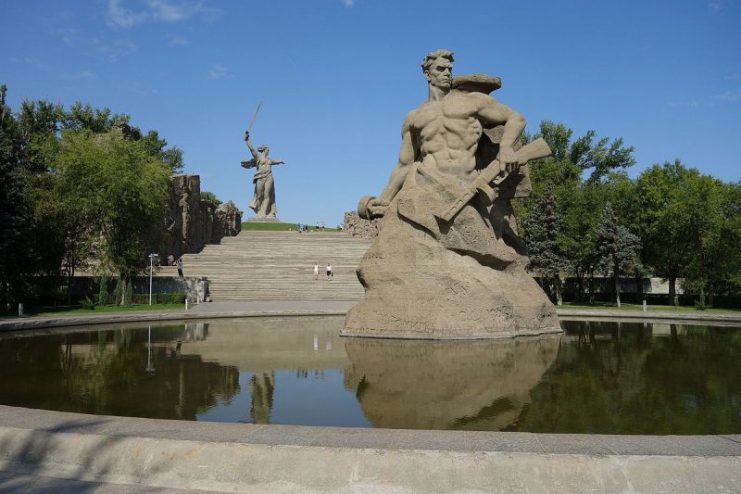
The shellfire was so intense that after the battle the hill was found to contain 500-1250 splinters of metal per square meter. The soil was totally scorched to the point where snowpack was unable to form on the hill that winter and, the next spring, nothing would grow. Even the topography of the hill itself was altered by the countless explosions that marred it.
1. Hill 69.9
Hill 69.9, also known as Tower Hill, was the westernmost of three hills on the Narwa Isthmus that were the scene of a fierce battle in summer 1944. From west to east, they were Tower, Grenadier and Orphanage Hill. Defended by a force of just over 20,000 mostly non-German Waffen-SS forces (mostly Estonians), they were up against 136,000 attacking Soviet soldiers.
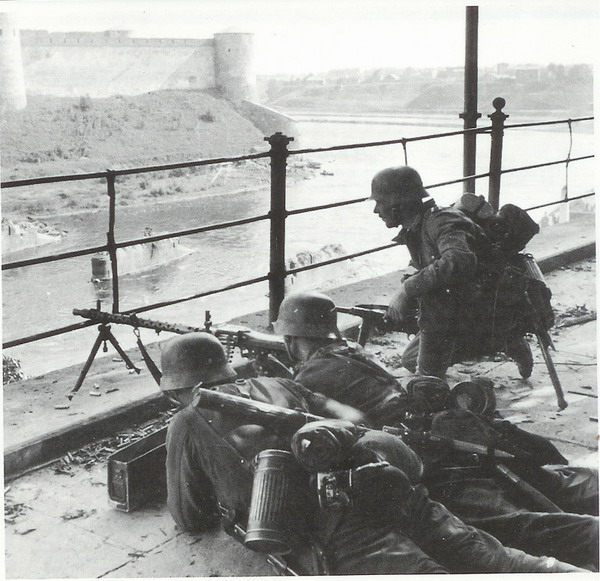
In a two week battle, the Soviets launched multiple heavy attacks. After fierce fighting, they captured the Orphanage Hill, as well as Grenadier Hill more than once. But the Germans fought back fiercely, fighting with the courage of desperation (all the more since many Estonian defenders felt they were literally fighting for their homes). Eventually, in the face of bitter losses, the Soviets halted their attacks. Though the reputation of the Waffen-SS as an elite force is frequently overstated, there is no denying that they fought a tremendous defensive success here. Against German losses of 10,000 and 6 tanks, the Soviets lost an estimated 170,000 men (there were reinforcements in the battle) and about 160 tanks in their efforts to capture three hills in Estonia.
